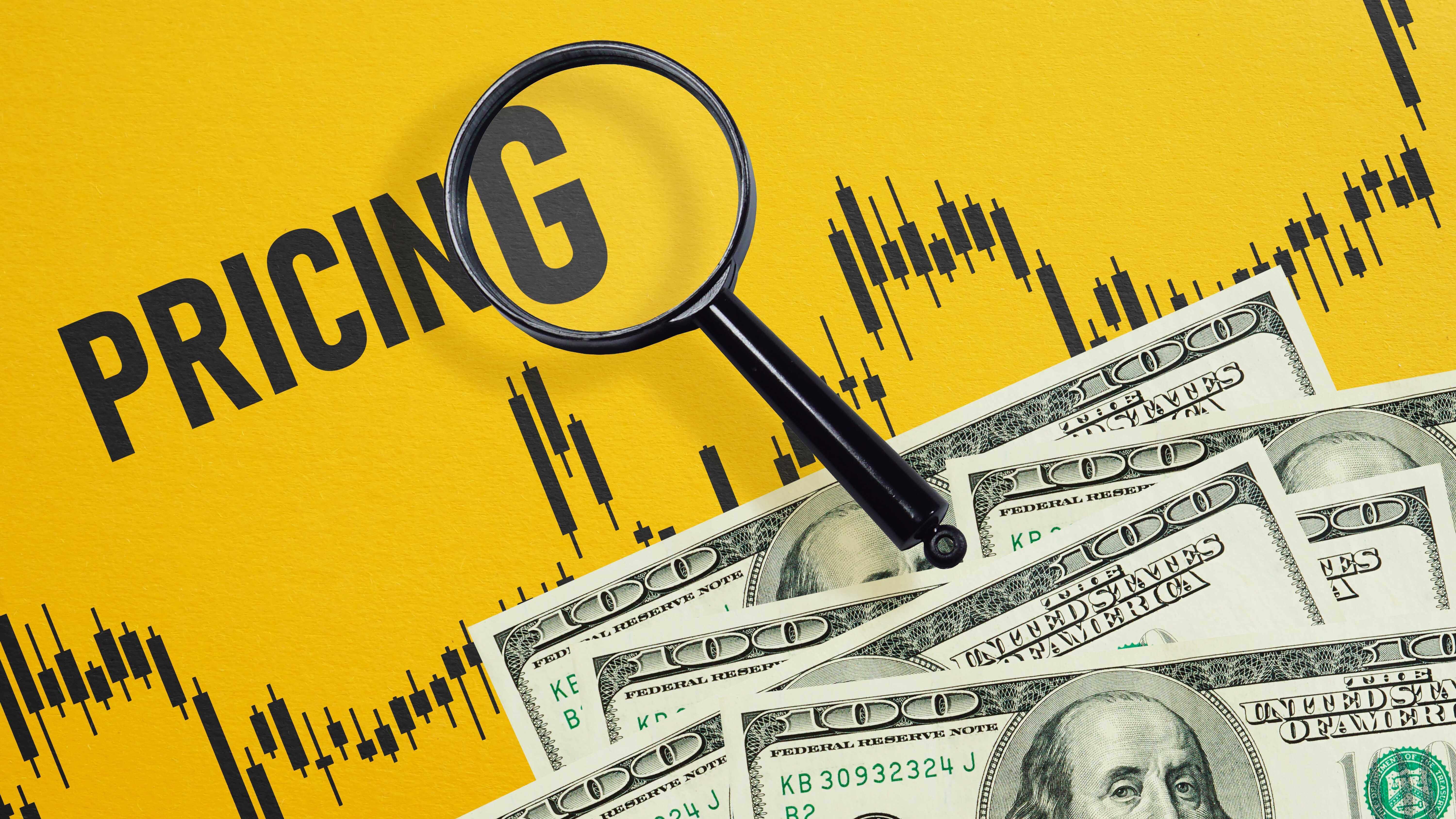Prediction: This Top Growth Stock Will Outperform The Market In The Next Decade

Medical device specialist DexCom (NASDAQ: DXCM) has substantially underperformed the market over the trailing-12-month period. The diabetes-focused company disappointed investors last year due to unimpressive financial results, especially in the second and third quarters.
However, despite its recent woes, DexCom still looks like an excellent long-term option for growth-oriented investors. In fact, the company could beat the market in the next decade. Read on to find out why.
Where to invest $1,000 right now? Our analyst team just revealed what they believe are the 10 best stocks to buy right now. See the 10 stocks »
Riding the CGM wave
DexCom develops continuous glucose monitoring (CGM) devices that help diabetes patients track their sugar levels constantly, allowing them to make better decisions for their health.
In 2024, the company launched the newest iteration of its G series, the G7, in the U.S. Lower-than-expected revenue growth came partly as a result of a sharp increase in the number of patients receiving rebates. DexCom's shares fell off a cliff after it released its Q2 results in late July, but that drop was not out of the ordinary when looking at the company's long-term performance. Consider DexCom's performance from 2005 to 2018.
DXCM Total Return Level data by YCharts.
Whether it's a rebate issue or some other factor, DexCom has seen its stock price fall off a cliff on many occasions. One constant throughout it all is the increased adoption of CGM technology, which has allowed DexCom to bounce back every single time. And although it is still far below its pre-July levels, DexCom's shares have performed well since the post-earnings debacle.
There are excellent reasons to think DexCom can continue riding the CGM wave. Let's consider three.
First, the CGM market for diabetes patients remains underpenetrated even though these devices have proven to lead to better health outcomes than their competitors' blood glucose meters. In the U.S., one of the most penetrated CGM markets, there are more than 25 million type 2, non-insulin diabetes patients who could benefit from CGM technology -- only 5% of whom currently use it.
Second, DexCom has expanded its product offerings. Last year, it launched Stelo in the U.S., an over-the-counter CGM option that can be used by pre-diabetes patients. This initiative significantly increased the company's target market since in the U.S., one person in three has pre-diabetes.
Third, DexCom benefits from a network effect. Its devices are compatible with many third-party apps and gadgets aimed at helping diabetics, including insulin pens, pumps, and more. The larger DexCom's installed base, the more attractive it becomes for other companies to make their products compatible with DexCom's. This competitive advantage gives DexCom a significant leg up in the CGM industry where it should remain a leader for a long time.
DexCom can overcome obstacles
DexCom will face some headwinds just as every other company does. For instance, some biotech companies are seeking to develop functional cures for type 1 diabetes, making DexCom's CGM devices obsolete for these patients. Furthermore, the rise of GLP-1 medicines for weight loss could disrupt the company's progress, so the argument goes. Neither issue should be impossible for DexCom to overcome. There is no guarantee that these medicines for type 1 diabetes will be approved anytime soon.
Once they are, DexCom will be fine since it is increasingly going after patients with type 2 diabetes and even pre-diabetes thanks to the recent launch of Stelo. While the type 1 diabetes population arguably led the adoption of CGM technology, things are changing for DexCom. And regarding GLP-1 drugs, as management has argued, CGM devices are used in conjunction with these weight-loss medicines to help patients reach better health outcomes. So, the expansion of the GLP-1 market won't shrink the CGM space.
Buy and forget
DexCom's guidance for 2025 implies year-over-year revenue growth of about 14%, which is closer to what investors want to see than the 8% top-line growth it expects for 2024's fourth quarter. The company's financial results should generally remain strong as it makes more headway into the CGM industry despite the challenges it's facing. That's how DexCom has been able to beat the market before and can do so through 2035 and even beyond.
Should you invest $1,000 in DexCom right now?
Before you buy stock in DexCom, consider this:
The Motley Fool Stock Advisor analyst team just identified what they believe are the 10 best stocks for investors to buy now… and DexCom wasn’t one of them. The 10 stocks that made the cut could produce monster returns in the coming years.
Consider when Nvidia made this list on April 15, 2005... if you invested $1,000 at the time of our recommendation, you’d have $735,852!*
Stock Advisor provides investors with an easy-to-follow blueprint for success, including guidance on building a portfolio, regular updates from analysts, and two new stock picks each month. The Stock Advisor service has more than quadrupled the return of S&P 500 since 2002*.
*Stock Advisor returns as of February 3, 2025
Prosper Junior Bakiny has no position in any of the stocks mentioned. The Motley Fool recommends DexCom and recommends the following options: long January 2027 $65 calls on DexCom and short January 2027 $75 calls on DexCom. The Motley Fool has a disclosure policy.



